Ahead of its 2025 flagship lineup, Nothing has decided to first push forward with a new mid-range lineup with the Phone (3a) series. With the exact same price tag as its predecessor, the fresh lineup introduces telephoto lenses into the mix, which is a first for the brand, along with a new AI-dedicated physical button.
As expected of Nothing, the highlight of the phone is its unique design, complete with a transparent back that shows off the screws, metal plates, and facsimile ribbon cables. Of course, there’s also the signature Glyph LED light strips on the back, three in total, and a new blue colourway.
Specifications
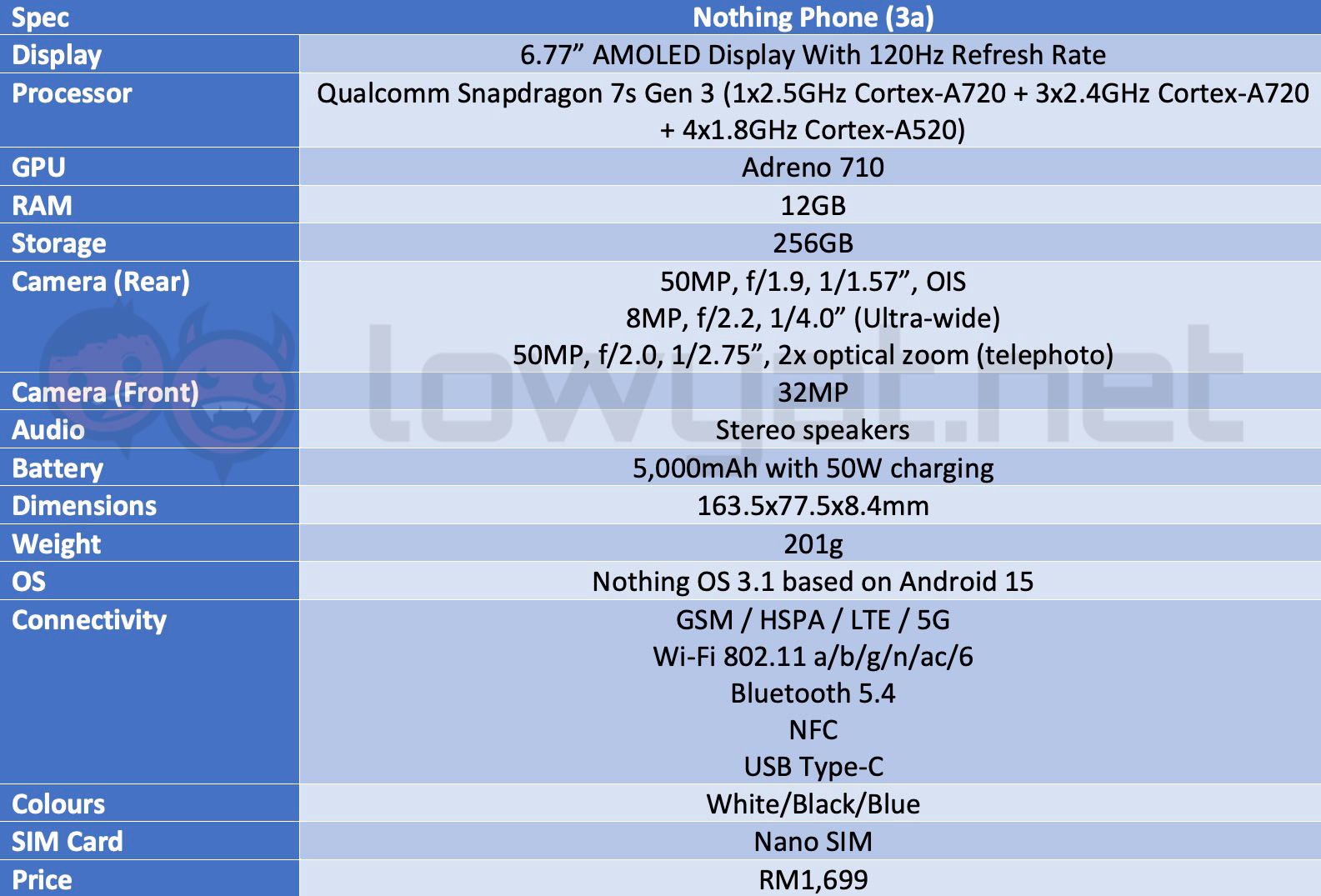
The Nothing Phone (3a) sports a 6.77-inch 1080p AMOLED display with a 120Hz refresh rate, a global peak brightness of 1,300 nits, and an HDR peak brightness of 3,000 nits. Underneath the chassis lies a Qualcomm Snapdragon 7s Gen 3 chipset paired with 12GB of RAM and 256GB of storage.
On the imaging side, it features a 50MP main camera with OIS, a notably downgraded 8MP ultra-wide lens, and a new 50MP telephoto lens with 2x optical zoom. Powering it is a 5,000mAh battery with support for 50W charging. For software, it runs on the company’s Nothing OS skin on top of Android 15.
Durability-wise, the mid-ranger is equipped with Panda Glass as well as an IP64 rating for dust and water resistance. It supports 5G, Wi-Fi 6, Bluetooth 5.4, and NFC, while for security, it comes with an under-display fingerprint scanner.
Looks & Functionality


Very rarely do I have strong feelings, one way or another, about a phone’s design as long as it doesn’t contain impractical choices (like curved sides), but with the Phone (3a), I can’t help but to talk about it. It’s an absolute stunner, especially in blue, with its futuristic, minimal, and industrial look. Whether you like it or not, you can’t deny that it’s pretty unique, with no other brand to compare to.
This year, the plastic transparent back has been replaced by transparent glass without a price increase and the only noticeable difference in the Glyph lights is that the single straight strip from last year’s is now curved, so it’s not much of a departure if you’re coming from a Phone (2a). It gets the same aluminium accent on the corner and a small red square for a little bit of contrast, which works best with the blue colourway.
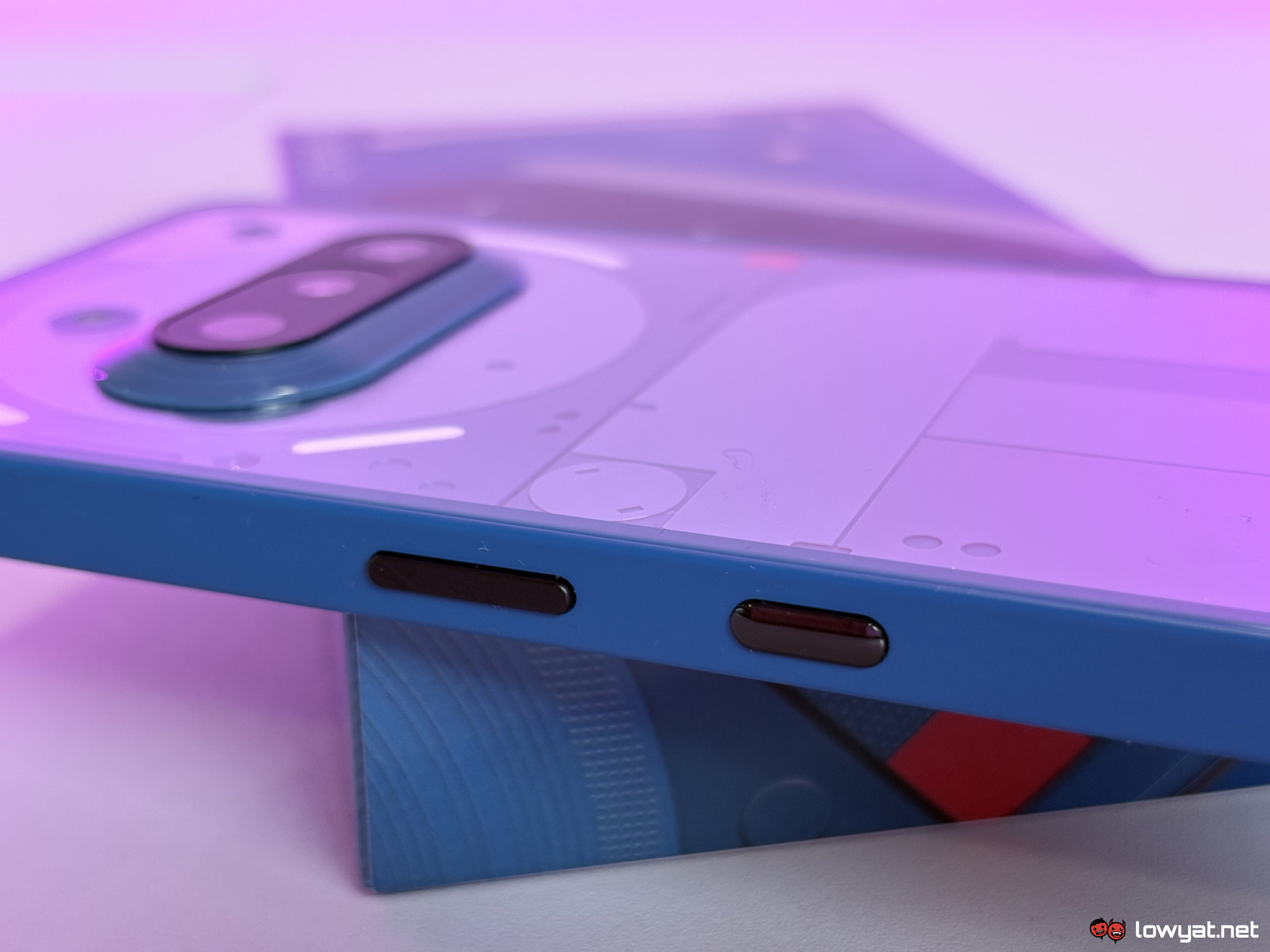

The flat sides are matte with some friction, giving you a nice grip but the glass back, as nice as it looks, is an absolute fingerprint magnet. Luckily, the bright backplate does hide most of the smudges unless you’re just staring at it up close, although I’d doubt you would have the same experience with the black model.
As for the display, it achieves an outstanding brightness level for something in this price range, with a global peak brightness that rivals even some flagships. Its bezels, however, aren’t the thinnest but at least they’re uniform. On the other hand, the optical fingerprint scanner is shockingly accurate, but the cheap-feeling vibration motor will remind you that this is an affordable device.
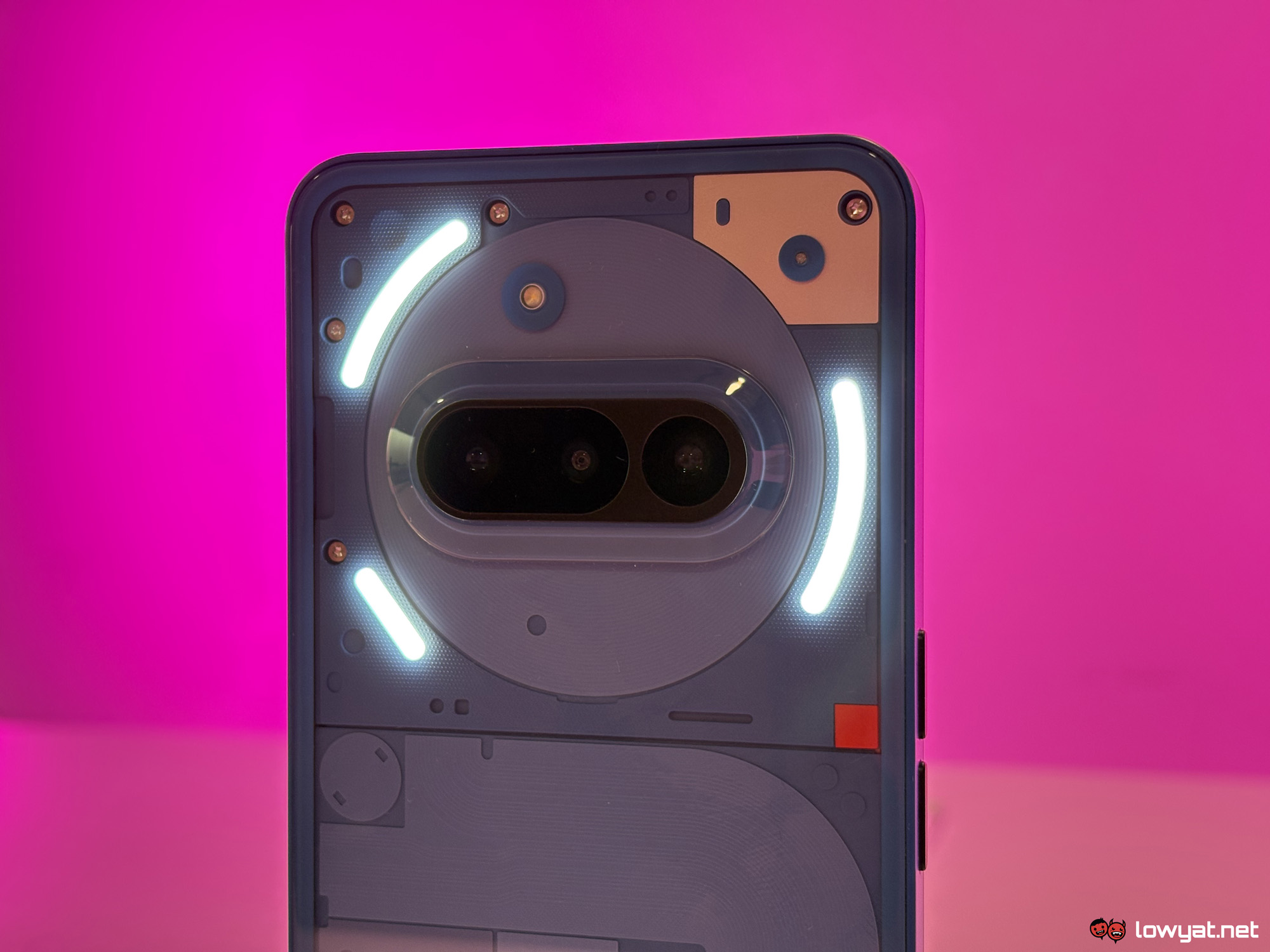

The Glyph is as functional as it is fun. It acts as a visual indicator for the volume level, blinks when you have a notification; it’s a soft flashlight, as it even has a music visualiser if you’re into that sort of thing. You can also set a bedtime for the Glyphs, so it doesn’t turn on in the middle of the night when you’re changing volumes or getting notifications.
On the side of the Phone (3a), there’s the new Essential Key, which is a dedicated button for its Essential Space feature. Pressing once will take a screenshot and it will also allow you to add a note to it, while double-pressing will open up Essential Space, a feature I think should be reversed. Pressing and holding the button will activate a voice recorder, which will transcribe everything you say.
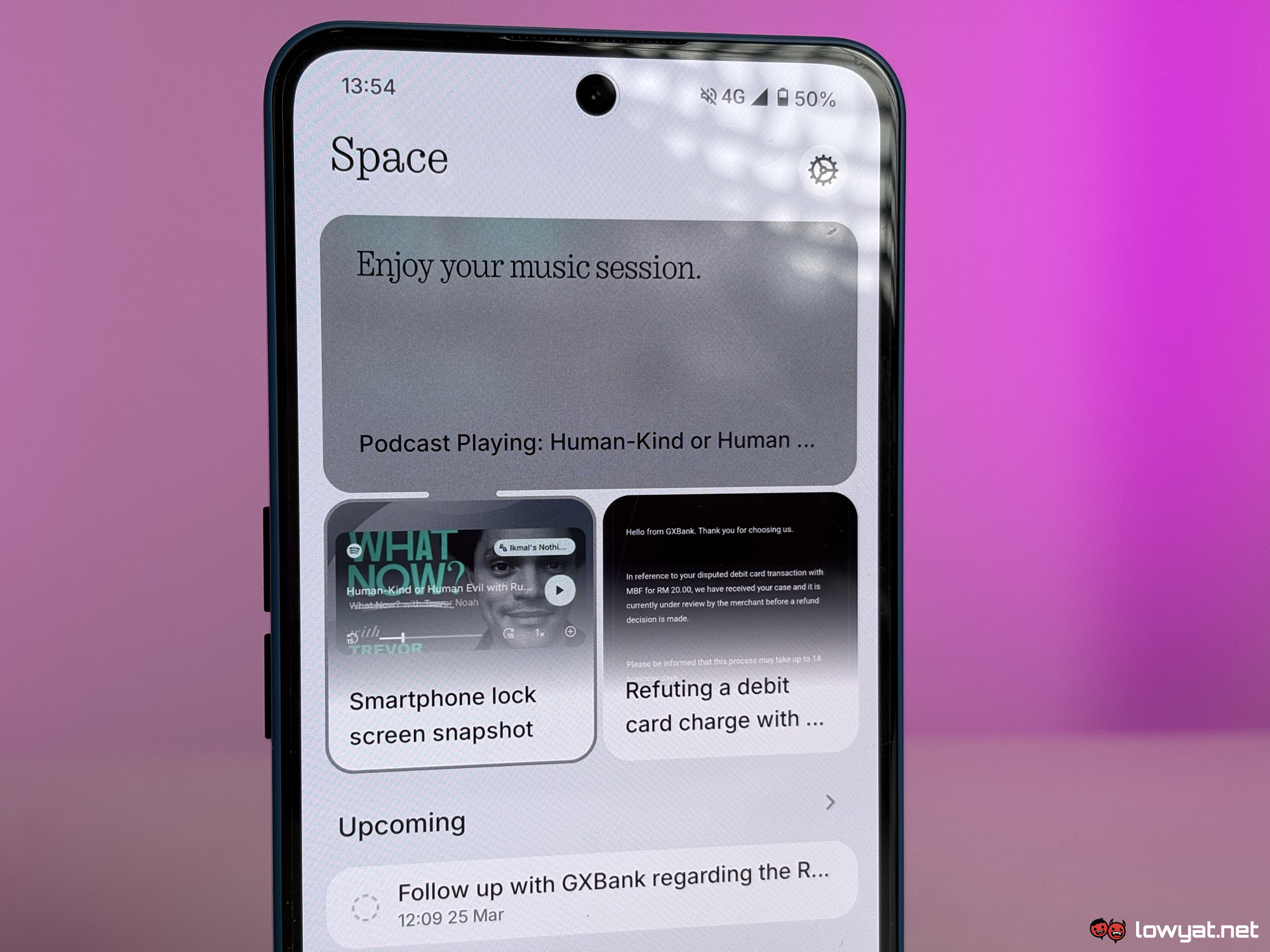

How it works is that all the screenshots and recordings in Essential Space are both summarised by the app and it will take note of any actions or reminders it detects in the content. For example, I took a screenshot of an email from a bank which stated that my case would be resolved within 14 business days. From this context, the app automatically set up a reminder for me to follow up on the case and it set the date to exactly 14 business days from that day.
If you use the recording feature to describe your tasks for the day, it will then automatically understand that you want it to make a to-do list and it does just that. Essentially (pun intended), the tool is an expanded AI assistant, but it seems to still be in the early stages. Nothing did mention that there will be more features coming to Essential Space in the future, but no exact timeline has been confirmed.
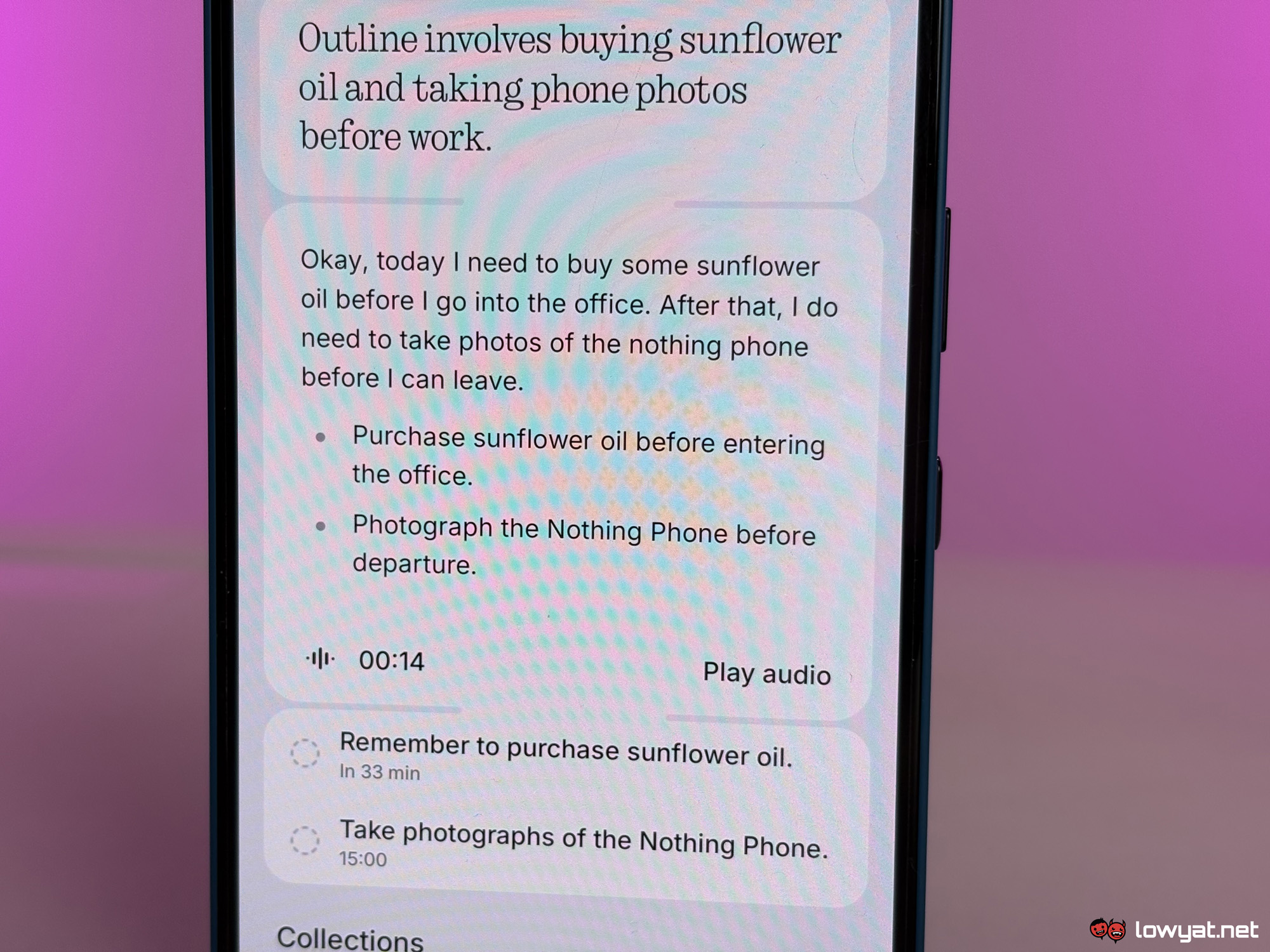

It’s an interesting feature and I do find it somewhat useful to just take a screenshot to set reminders of tickets and such, but it’s not exactly something I’d use often enough that I would need a dedicated button for it. It’s unfortunate that Nothing doesn’t allow you to map the button to other functions instead.
As for software, Nothing OS is heaven-sent for minimalists. It ships with practically no bloatware and the skin itself provides a bold, but gorgeous UI. The only glitch I found was that while it was initially able to convert any and all app icons into the monotone theme, a recent update sort of broke the feature and now some apps display their original icon on the home screen, though hopefully this will be fixed in a future update.


Aside from Essential Space, the Phone (3a) doesn’t have much of its own AI features, such as AI photo editing or AI writing tools. Even in the gallery app, the editing suite just offers Google’s own tools such as the AI eraser.
One design flaw on the hardware side is that if you press down on the middle of the screen while playing audio, the speaker will become noticeably muffled. Realistically, this wouldn’t affect my daily usage with phone, but it’s something that Nothing should take note of.
Performance & Battery
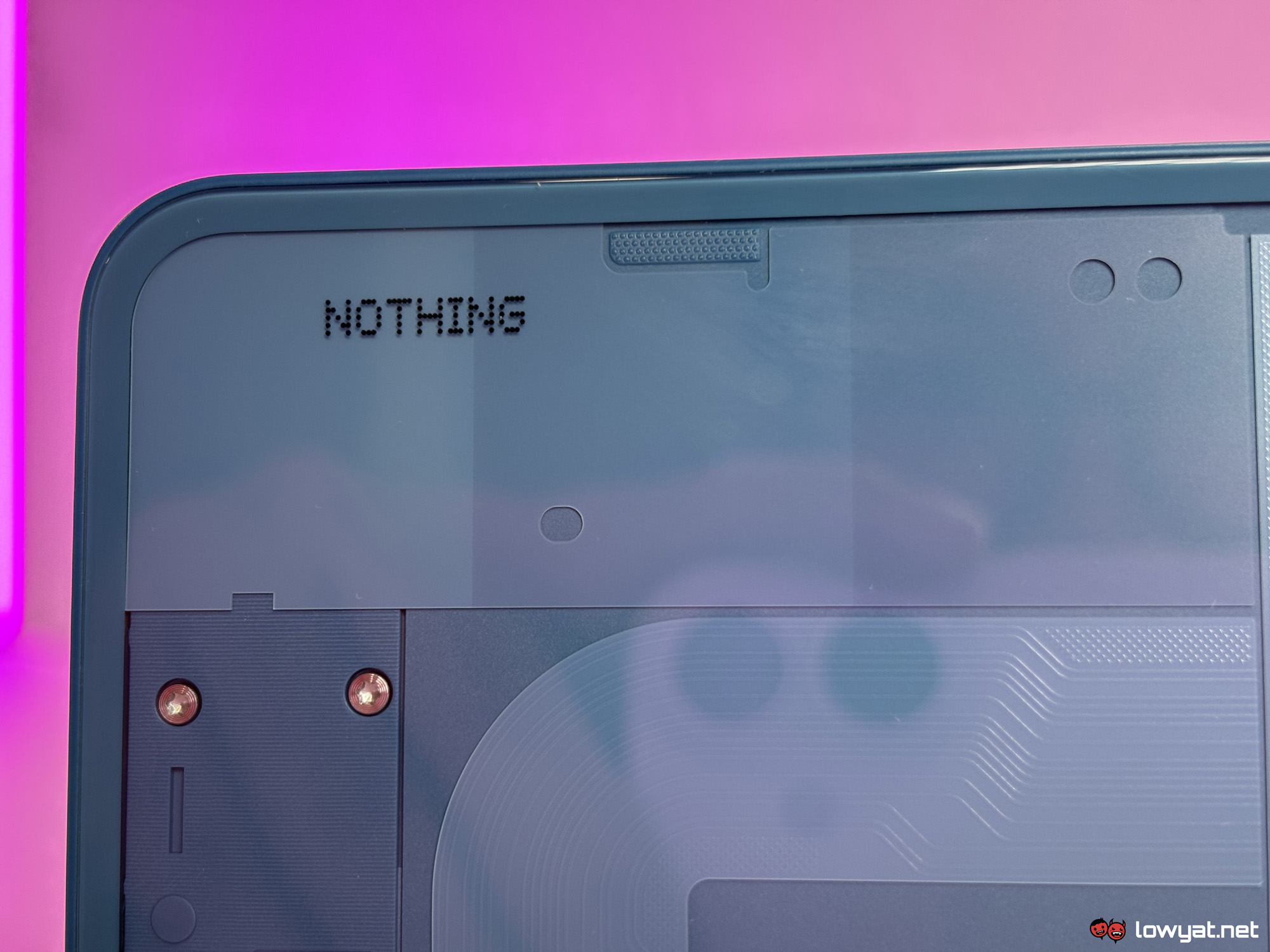

One of the Nothing Phone (3a)’s weak points is the chipset. While it’s good enough for day-to-day tasks, I did experience the odd lag a few times, even though I wasn’t running any heavy apps. Now, this isn’t to say it’s a bad chip as my overall experience with the performance was positive, but I do feel the responsibility to set realistic expectations for anyone reading this because it’s still a lower mid-range phone.
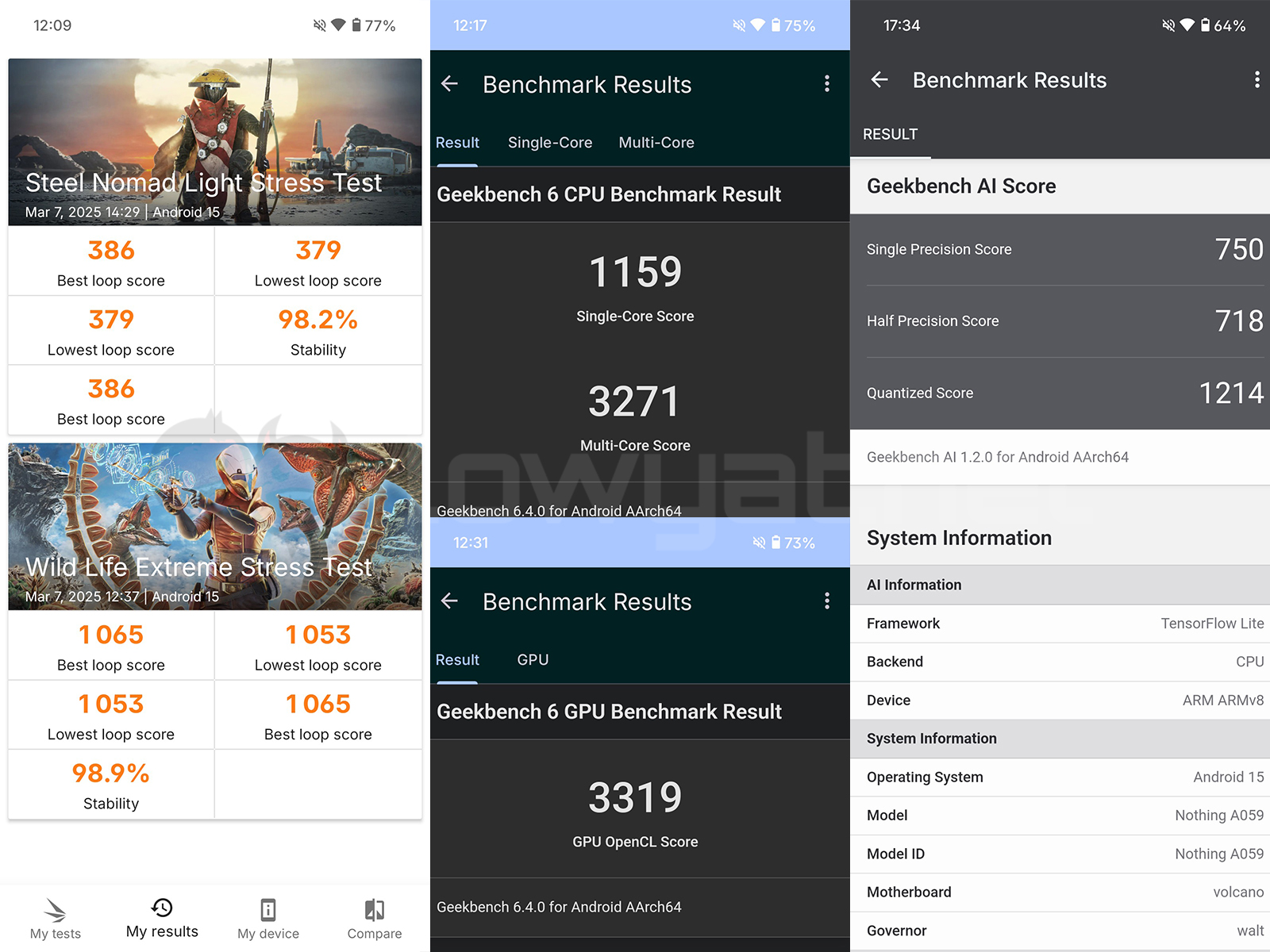

On the bright side, I never experienced any heating issues even when multitasking. Through a synthetic stress test with 3DMark, it passed with flying colours as it achieved an extremely high stability rate.
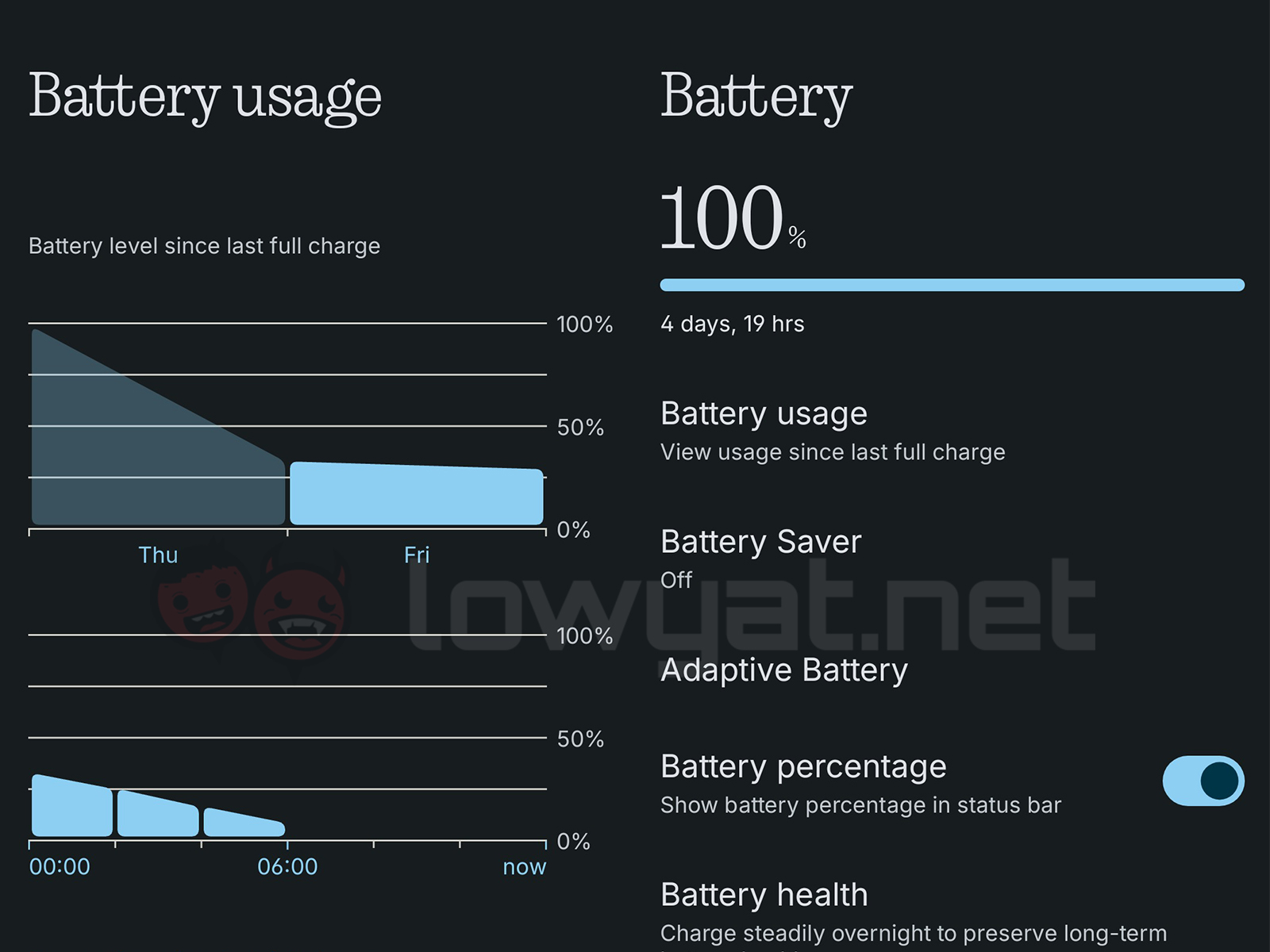

The battery life is better than I expected given that it doesn’t have a huge silicon-carbon cell that’s present in a lot of new phones. With moderate usage, I regularly finished the day at 30-40%, but you definitely can’t take it out on a second day without a recharge. During our usual YouTube streaming stress test, it lasted a respectable 22 hours.
Camera


Given that it’s a RM1,699 phone, it’s no surprise that the imaging quality on the Phone (3a) is nothing mind-blowing. In good outdoor lighting, you can obviously get decent shots that are fairly sharp with acceptable colour accuracy, but when it’s nighttime or you’re indoors with poor lighting, half the shots will have just a bit of noise.
At night, it’s nearly impossible to get a sharp image of something moving like a cat, resulting in blurry messes. Even during daylight though, some shots can get visibly overblown if it’s too bright out, so just like most affordable phones, you really need ideal lighting to take good photos.
What’s most impressive at this price point, however, is the addition of a telephoto lens. It’s not flagship-level and it certainly doesn’t have OIS like the Pro model, but it’s better than you might expect. Zooming in at 4x will still allow you to maintain relatively the same picture quality and even at 10x, there’s only minimal noise as long as it’s during the day.
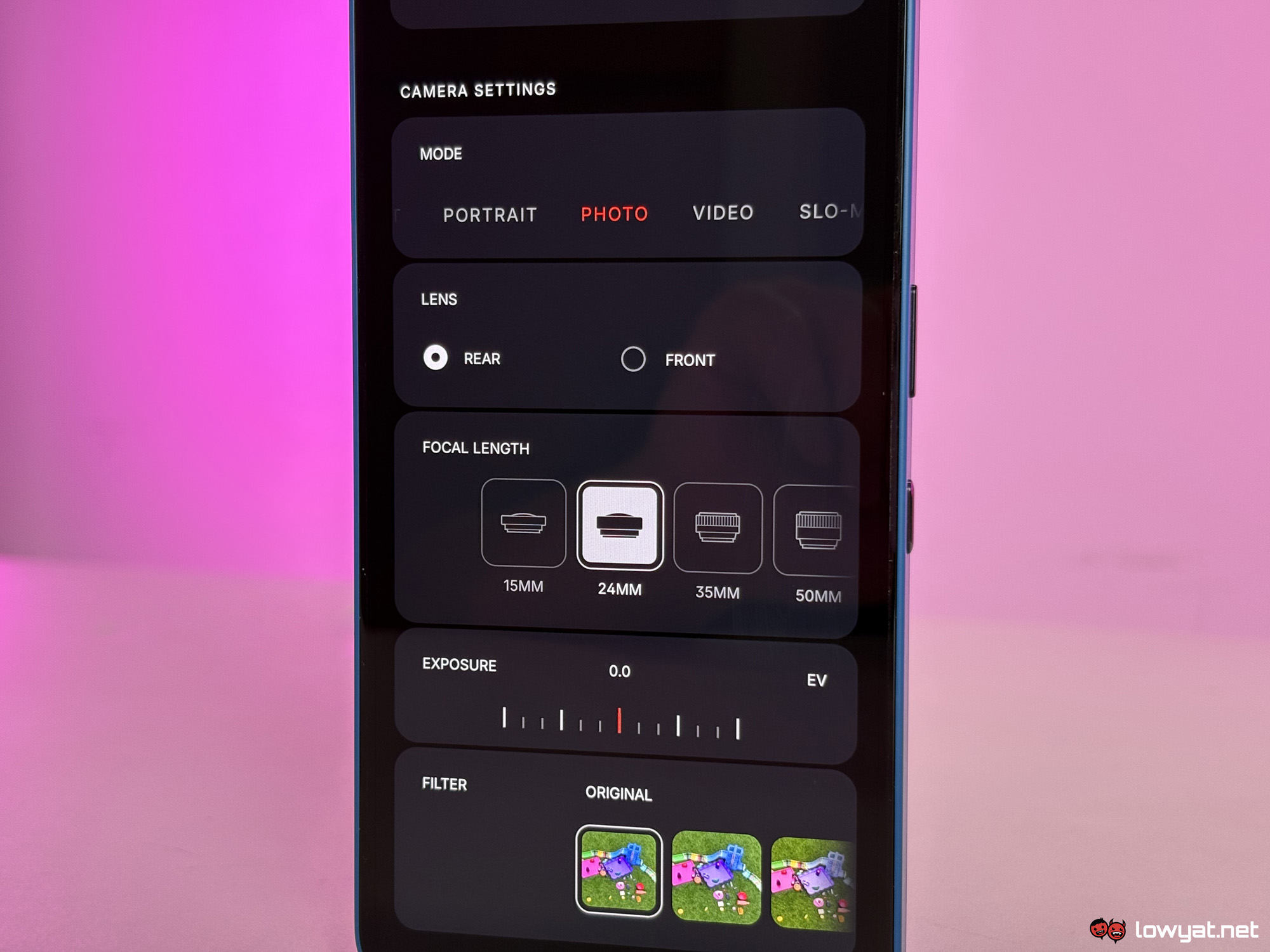

For those who enjoy making their own presets, Nothing now allows you to do just that in the Camera app. You can set your own cover photo for it and customise the mode, lens of choice, focal length, exposure filter, and even advanced settings like the aspect ratio, timer, flash and more.
Camera Samples
Competition
HONOR 200
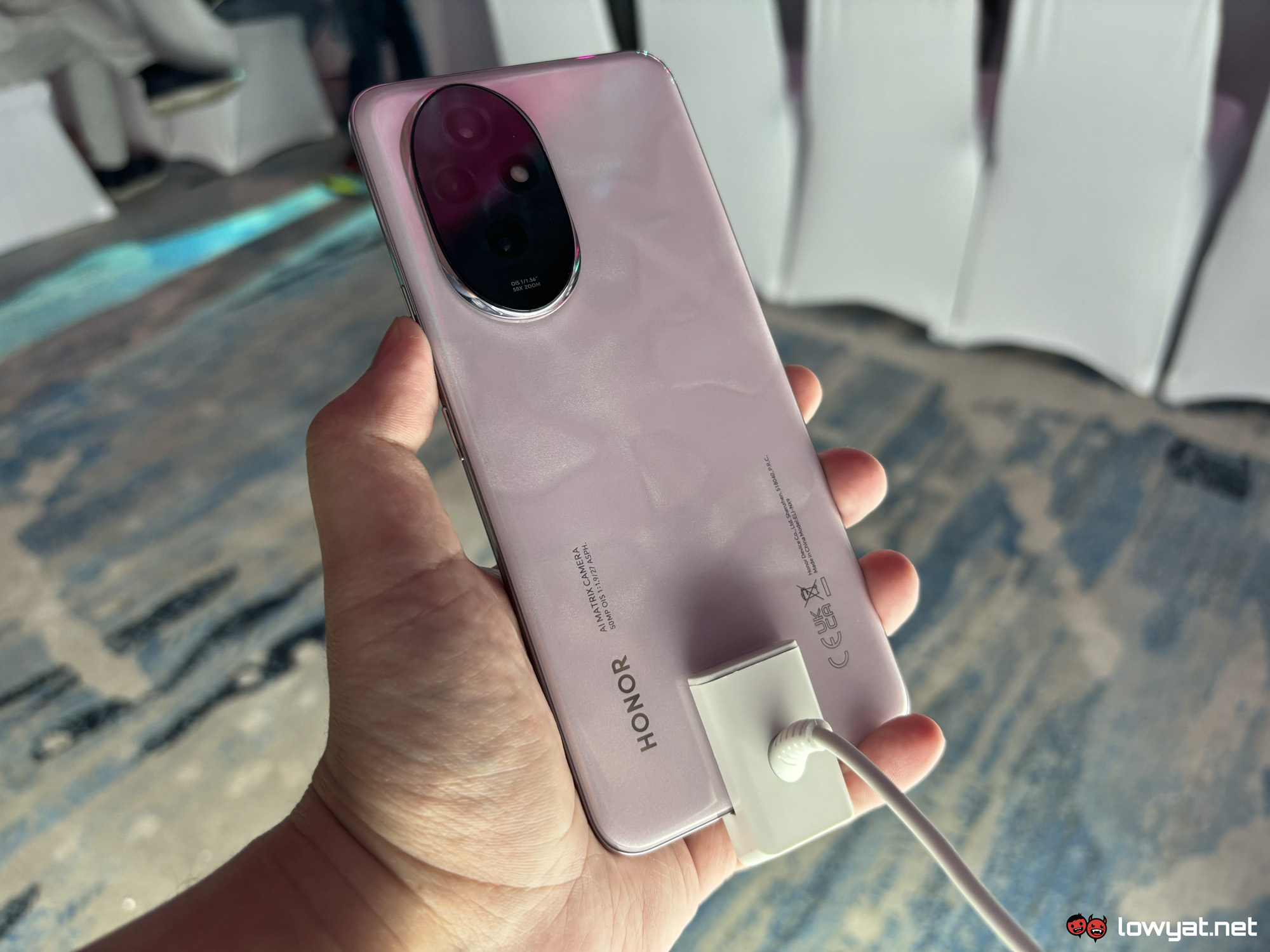

The HONOR 200 is just a tad outdated at this point as it came out last June, but this is the only other sub-RM2,000 phone I can think of that also includes a telephoto lens. The 12GB+256GB trim initially retailed at RM1,899 but HONOR has since cut the price down to RM1,599. It sports a 6.7-inch quad-curved OLED display with an unspecified global peak brightness and a 120Hz refresh rate.
It runs on Qualcomm Snapdragon 7 Gen 3 chipset and is powered by a marginally larger 5,200mAh battery with support for 100W charging. Optics-wise, it packs a 50MP main camera with OIS, a 50MP telephoto lens with OIS and 2.5x optical zoom, and a 12MP ultra-wide lens.
Conclusion
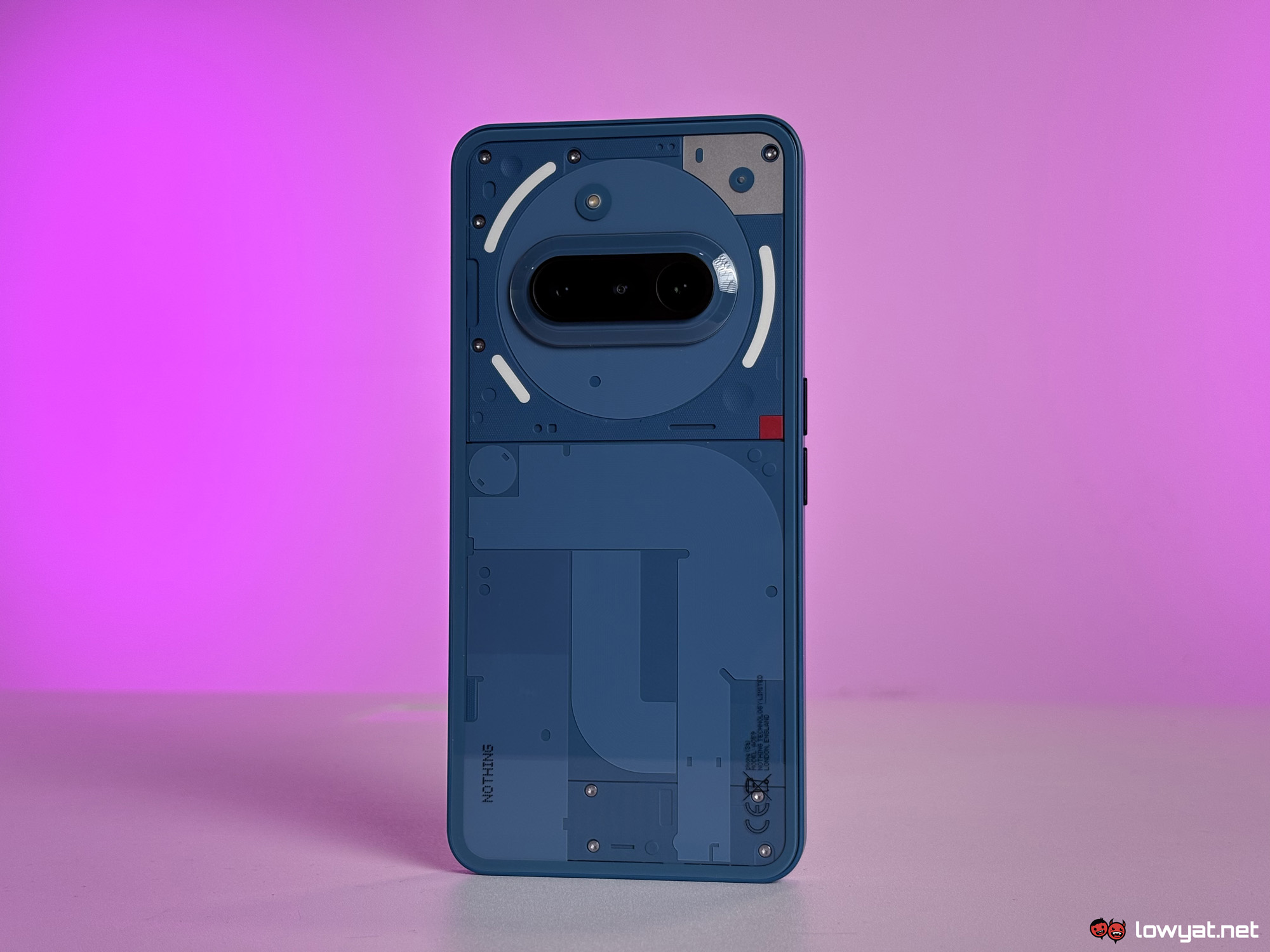

The Nothing Phone (3a) has undoubtedly raised the standard for what a lower mid-range smartphone can offer, from the premium design to the minimal and accessible software to the specs. It’s a lot of goodies shoved into a very attractive and affordable package that stands out from the crowd.
This phone is obviously not for power users or photography nerds, but for the average consumer on a tight budget, this might be the best pick for you. It perfectly balances the price and the essentials along with a little added fun.
Follow us on Instagram, Facebook, Twitter or Telegram for more updates and breaking news.


